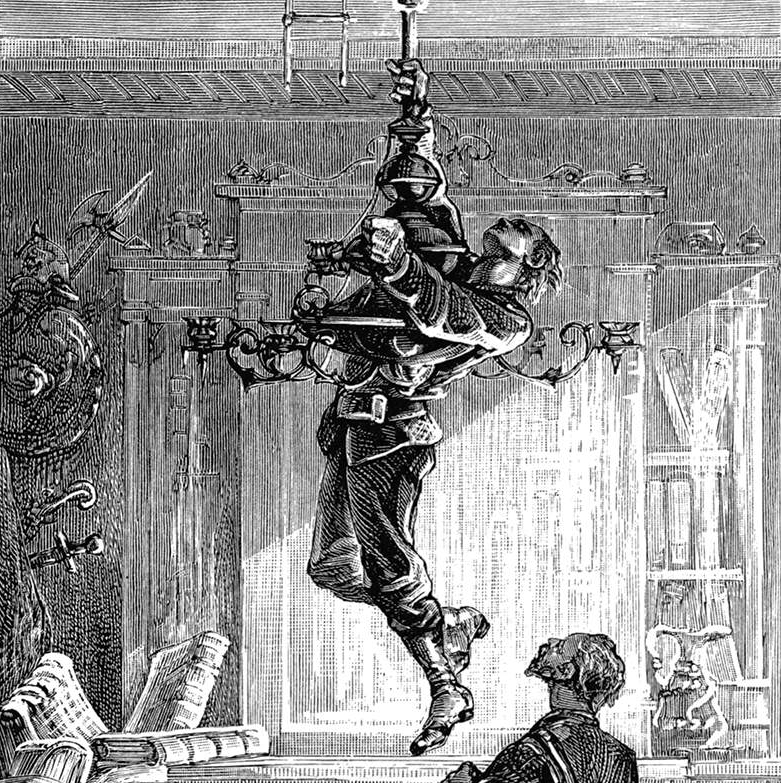Representation Letters in Criminal Practice - Part 2
Representations, especially after your client has been charged.
It is your client’s best case scenario to not be charged for a crime.
However, at some point the prosecution may decide to charge your client. If so, he will eventually face trial. He may then want to make representations to the prosecutor as to why he should be let go instead of being accused.
I mentioned earlier that representations can be done at various stages. Let’s now discuss representations after the charge is made.

When Are Representations Best Done After The Charge
Representations are most effective where the prosecution realizes that they are plagued by reluctant witnesses, incomplete investigation, missing documents, etc. Timing is therefore important.
Why? Because the reality of criminal legal practice is this:
-
The Deputy Public Prosecutor (‘DPP’) does not conduct investigation. Only the investigating police officer (‘IO’) chases after leads, evidence and witnesses.
-
It is the DPP who decides whether to charge and prosecute a case based on available evidence. Yet at the start of the case, when the IO does his briefing, the DPP may only have witness statements and the key evidence before him. He may not have everything. In many instances he won’t even know the full depth or gravity of the case, or the entire evidence, or whether a witness is reluctant to appear or hostile to the prosecution.
-
Thus a DPP’s realization about the true strength of his case as prosecutor often comes later: when he is preparing for trial. At that point, he may suffer doubts about whether he can prove his case. That’s when representations work best.
Representations At Various Stages of Trial
In most circumstances, a representation is often brought together with the ‘plea bargaining’ process at the pre-trial and trial stages.
If you are new to ‘plea bargains’, see this definition from Black’s Law Dictionary:
‘plea bargain’, n.
A negotiated agreement between a prosecutor and a criminal defendant whereby the defendant pleads guilty to a lesser offense or to one of multiple charges in exchange for some concession by the prosecutor, usu. a more lenient sentence or a dismissal of the other charges. Also termed plea agreement; negotiated plea; sentence bargain.
In short, defence counsel can try to ask the prosecutor to have him drop all or part of the charges against your client, or to at least reduce them. All this is part of the process of mercy and justice.
Otherwise, representations can be done at most stages of trial.
-
After trial has commenced. In criminal trials, complainants (the people who make the police reports) and their witnesses will be called to testify. There is more “meat” (evidentiarily speaking) for defence counsel to sink his arguments into at this stage, depending on the nature of the case, the weaknesses that have been exposed, and the importance of the complainant’s testimony in the case. Defence counsel can always send representations at this stage.
-
After trial, before the decision/sentence is imposed. Usually judges are ready to deliver their decision (of whether your client is guilty or innocent) and sentence (of what the punishment for your client is) when dates have been fixed for them. Though possible, representations are rarely made at this stage.
-
After the court’s decision. A representation at this stage, if necessary, must be done pronto. It becomes absolutely necessary if your client is acquitted - i.e. declared innocent - or be sentenced to a light punishment. The prosecution may then appeal against the court’s decision, to have your client be held as guilty or be punished more heavily. Here, your representation is aimed to dissuade the prosecution from filing or pursuing that appeal.
In my next article, I will speak about representations at the appeal stage.

